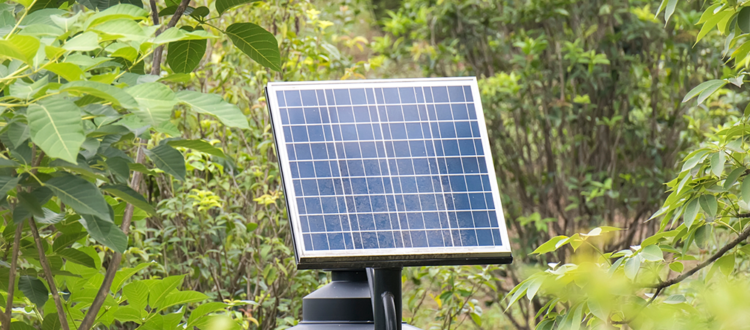A Beginner’s Guide to the Types of Clean Energy
An Overview of the Top 4 Clean Energy Sources
Today, more than ever before, you have power to choose where your home’s energy is coming from. And there have never been more choices for clean energy available to you than now. Clean energy, or renewable energy, is any type of energy that can be sourced from a renewable source in nature.
As the name suggests, clean energy can be produced without damaging the environment, and it won’t deplete the natural resources used in the production. Over the years, we’ve been able to harness the power of a variety of natural resources to produce efficient energy. Learn about four of the most popular clean energy sources and how they work below.
Solar Energy
One of the most commonly used forms of clean energy is solar energy. Solar energy is the result of converting energy from the sun into electrical or thermal energy through photovoltaic (PV) systems. PV systems are made up of solar panels and range in size from systems that cover residential rooftops to utility-scale power stations.
How Do Solar Panels Work?
When energy/heat from the sun hits the solar panels, the panels capture the energy within their components. The components—which include semi-conducting material like silicon and boron—then work together to convert sunlight into usable electricity. From there, the electricity can be sent directly into one’s house or onto the power grid.
Wind Energy
Wind energy has been around in one form or another for hundreds of years. Modern technology has made it possible to harness wind power on a large scale, making for more efficient and less-costly energy. As long as the wind keeps blowing, we’ll have access to a clean form of energy that can help create thousands of jobs in the U.S. each year.
How Do Turbines Work?
A turbine is made up of a rectangular (or rounded) steel tower with three rotating blades attached at the top. When wind blows by the turbine, its blades catch the energy and begin to rotate. The rotating action then activates the internal components and sends energy through the different parts to create electricity.
Biopower
Biomass has been one of the longest-used forms of renewable or clean energy. When biomass—plant material or animal waste—is burned, it creates biopower or bioenergy. Biopower is considered clean because when biomass is burned, it releases carbon dioxide and water back into the atmosphere. Plus, when compared to commonly-used fuels like oil or natural gas, biomass can grow back in a relatively short period of time.
Ocean Energy/Tidal Power
Though not commonly used right now, ocean energy or tidal power has the potential to become our most powerful source of energy. Just as wind is fairly consistent year round, so is the rolling tide. As the tide flows, buoys anchored to the sea floor move a variety of connected pumps, powered by the ocean’s swells. These can be operated along coastlines and rivers to create electricity. As technology continues to improve, we’ll be able to create larger-scale operations and enjoy sustainable power.

